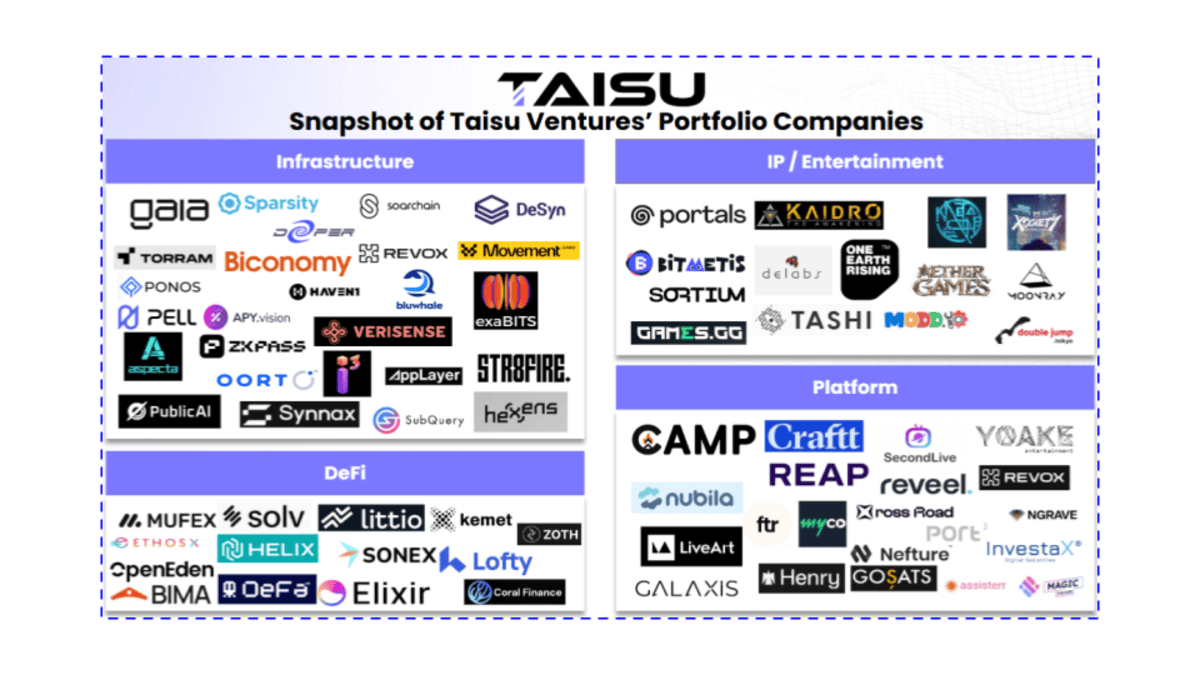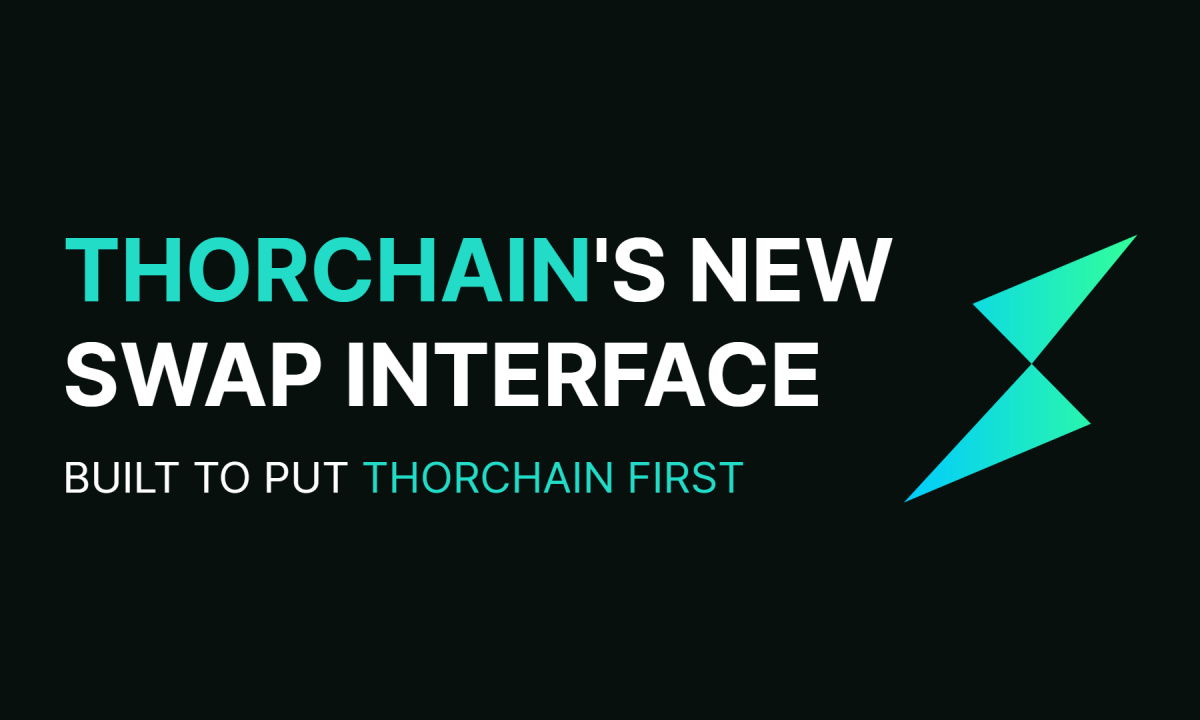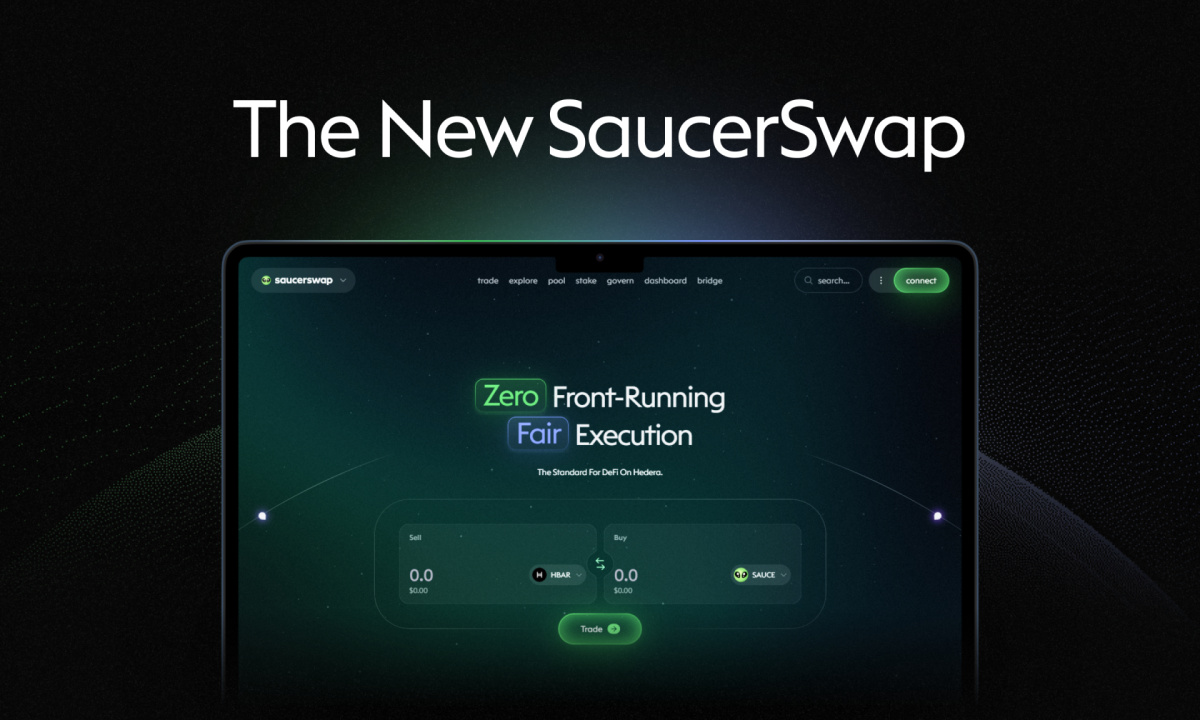Key Insights:
- Stablecoins and CBDCs have different use cases and belong on opposite sides of the coin
- Programmability, decentralization, and asset backing make stablecoins superior to Central Bank Digital Currencies
- The way forward is to harness their full potential and streamline regulations concerning digital and non-digital currencies.Â
The debate on which supersedes the other— stablecoins or central bank digital currencies— continues to linger in the digital assets ecosystem.
While both are utilized for similar purposes, they provide entirely different use cases.
These use cases that make the former superior to the latter. Â
How Stablecoins Are Superior to CBDCs?Â
What makes stablecoins stand out and supersede CDBCs is programmability. In this context, programmability refers to the mechanisms that enable asset backing and the decentralization of assets.Â
It is a huge benefit and an advantage to it — which is absent in Central bank digital currencies (CBDCs). Therefore, there would be no need for comparison or competition.Â
To buttress the argument that one is superior to the other, stablecoin issuers say they can make the monetary system better in three ways. They are:Â
- The first way is the reduction in the costs of traditional financial activity, such as decentralized borrowing and lending via DeFi and remittances.
- They help to protect income and stabilize payments— especially in countries experiencing hyperinflation.
- They are useful for more private-oriented payments. One such private-oriented payment is the Mobile Coin (MOB).Â
How Stablecoins Can Solve Problems of CBDCs
Aside from solving present-day monetary issues, they can address these problems in theory. The ways include:Â
Asset Backing
Instead of using traditional financial instruments or commercial currencies for asset backing, stablecoins allow the use of utility assets.
That is, as Tether (USDT) and USD coin (USDC) are backed by financial assets such as the dollar, you can have stablecoins backed by utility assets such as USDC, Bitcoin, and Ether.Â
Such backing increases the real-world use cases of the stable asset, which is limited in CBDCs.Â
Trust and Programmability
The decentralization feature makes them highly programmable and trustworthy.
It makes the issuance and reserve of the tokens more open to stakeholders. Additionally, it ensures a decentralized governance protocol.
Decentralization ensures more programmability and gives power to stable asset holders. For instance, GoodDAO of GoodDollar governs the protocol’s distribution of universal basic income and is backed by reward-generating DeFi.
This means that all the decision-making power and how to share the income lies with the community members, who are also stakeholders.Â
A Programmable Way Forward
The debate between Stablecoins and Central Banks’ Digital Currency (CBDCs) is quite unnecessary — likewise the competition. Instead, they have distinct use cases and should function in different terrains.Â
Furthermore, the asset backing and decentralization feature of stablecoin gives it several use cases that can be harnessed in centralized and decentralized entities.
Disclaimer: Voice of Crypto aims to deliver accurate and up-to-date information but will not be responsible for any missing facts or inaccurate information. Cryptocurrencies are highly volatile financial assets, so research and make your own financial decisions.









